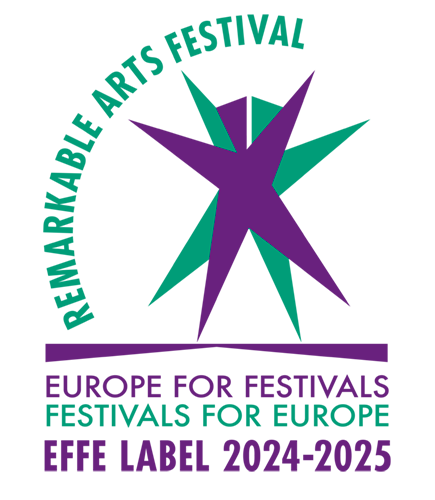Africa – Community
CRISOL – creative processes | Project | Schedule | Videos | East Mediterranean – Tradition and digital realities | East – Innovation and technology | East Asia – Form and tradition | Participants | Italian partners | International partners
Community is a theme that in recent years has assumed great importance in European choreographic research because dance, as an artistic expression, increasingly shifts its function from the representation to the relationship with a context, a territory, a community, building paths of meaning and shared experiences in opposition to the homologation and conformism processes of the global village and to the overproduction of representations, plausible or not, that the technological devices have triggered.
In the African continent dance is still a living collective expression which belongs to each community and influences and connotes codes, aesthetics and poetics of contemporary choreographers.
Analyzing the theme of the community from different perspectives and cultures becomes a way to better understand what function it assumes in the current historical context and to investigate how choreic art can perform the function of connecting a community to its territory, its history and its culture.
The first intensive remote stage of the Africa path was held in June and July 2020 with the collaboration of the video-artist and director Luca Brinchi and the dancer and choreographer Irene Russolillo with the young Senegalese artists Mapate Sakho and Antoine Danfa and the Tunisian Ilyes Triki, flanked by tutors Massimo Carosi, Danza Urbana, Luca Ricci, Kilowatt, Giuseppe Muscarello, Muxarte, Andrés Morte, Fabbrica Europa and Jean Tamba, Cie 5e Dimension.
Implementing a dynamic of co-creation, the Africa path had as its main coordinate the realization of a period of research around the concept of community and its variations in different geographical, political and cultural contexts.
The first stage of the project was structured in a period of remote collective and individual work with regular appointments in which the Italian artists were able to interact with the African artists, setting tasks for the individual development of materials to share with others. The research set out from the word community, meant as a «set of people linked together by belonging or by having a social life in common, sharing the same behaviour and interests, and as a group, being in relation with certain people and places» and with other words such as family, friendship, rite, landscape.
The pandemic crisis has imposed remote working, thereby requiring an act of invention towards the very concept of residency which, being impossible in person, had to be rethought and redefined in order to be carried forward.
Thus in June 2020 a first stage began in order to become acquainted through Zoom sessions in English and French in which the five artists worked to harmonize with each other in such a way as to make them all feel at ease. Gradually an idea formed: impeded by being unable to see one another in the flesh straight away poses the issue of how to get to know these people. For this reason an atmosphere of reciprocal confidence was gradually created where it was possible to ask each other increasingly detailed, personal questions, on the everyday life of each, family relationships and then on each person’s community of reference, including the cultural context and the urban and natural landscape, channelling the various replies into videos made by the artists themselves with their own smartphone cameras – which then became (self) portraits.
Looking forward, when in-person encounters are once more possible, the portraits will crystalize into a video installation and into performances in which live actions will interact with the images.
The method developed is as follows: in some cases there were detailed indications on the length, framing, filming technique etc.; others started from questions to be answered or to be asked of people interviewed. As in an improvisation session when the choreographer gives fairly strict, consistent rules yet the final outcome is structured in a highly personal way by each interpreter, so one and the same instruction in terms of video shots was then realized in different ways according to the aesthetic canon of each person. In addition to the collected video material, there is a small archive of recordings of the Zoom sessions in which the artists exchanged anecdotes, stories about themselves and considerations on the world. Topics were discussed such as professional training, the artist’s role in society, relations with the public, cultural and religious habits, the gender issue in contemporary art, the authorities’ care and the use of landscape, economy, access to cultural sites.
From the strictly choreographic point of view, the somatic and dance work will be realized live. Specifically, research will continue on the relationship between bodies in movement and the natural and urban landscape, relating the finitude of the human body with the vastness of natural environments in Senegal or in Tunisia.



